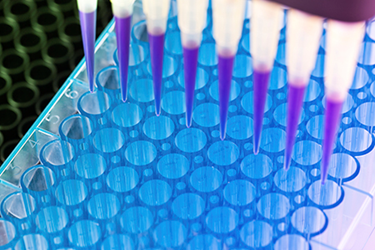Overcoming The Unique Filling Challenges Of Autologous Therapies
By Herman F. Bozenhardt and Erich H. Bozenhardt

Autologous (patient-derived) therapies represent unique challenges to processing. One-patient, single-batch is a radical change from the scale our industry is accustomed to. At this level the filling is more analogous to limited Phase 1 clinical trial materials or even preclinical applications. The logistics and required compliance of manufacturing these personalized therapies is drastically different and presents a combinatorial explosive problem. One aspect of this process where traditional methods fall apart is filling of these therapies.
While the presentations for these therapies vary depending on the ultimate administration, bags and vials are the most commonly used forms of containers. There are industry-proven solutions for small-scale vial filling, but personalized therapies redefine small scale. Clinical lots for traditional therapies are in the low-hundreds vial range, but for autologous filling the lot might be only be a handful of vials.
A research scientist would typically hand-fill a set of 10 vials for sample analysis or to send to their animal study. This is done with less-than-GMP aseptic care, because the focus is on a quick turnaround for analysis and only a specific, defined outcome. The patient at this stage is a brave rodent.
In this R&D model, we have the characteristics of manual filling, single-operator mode, biosafety cabinets, hand-labeling, and hand-delivery into the shipping container.
Get unlimited access to:
Enter your credentials below to log in. Not yet a member of Cell & Gene? Subscribe today.
